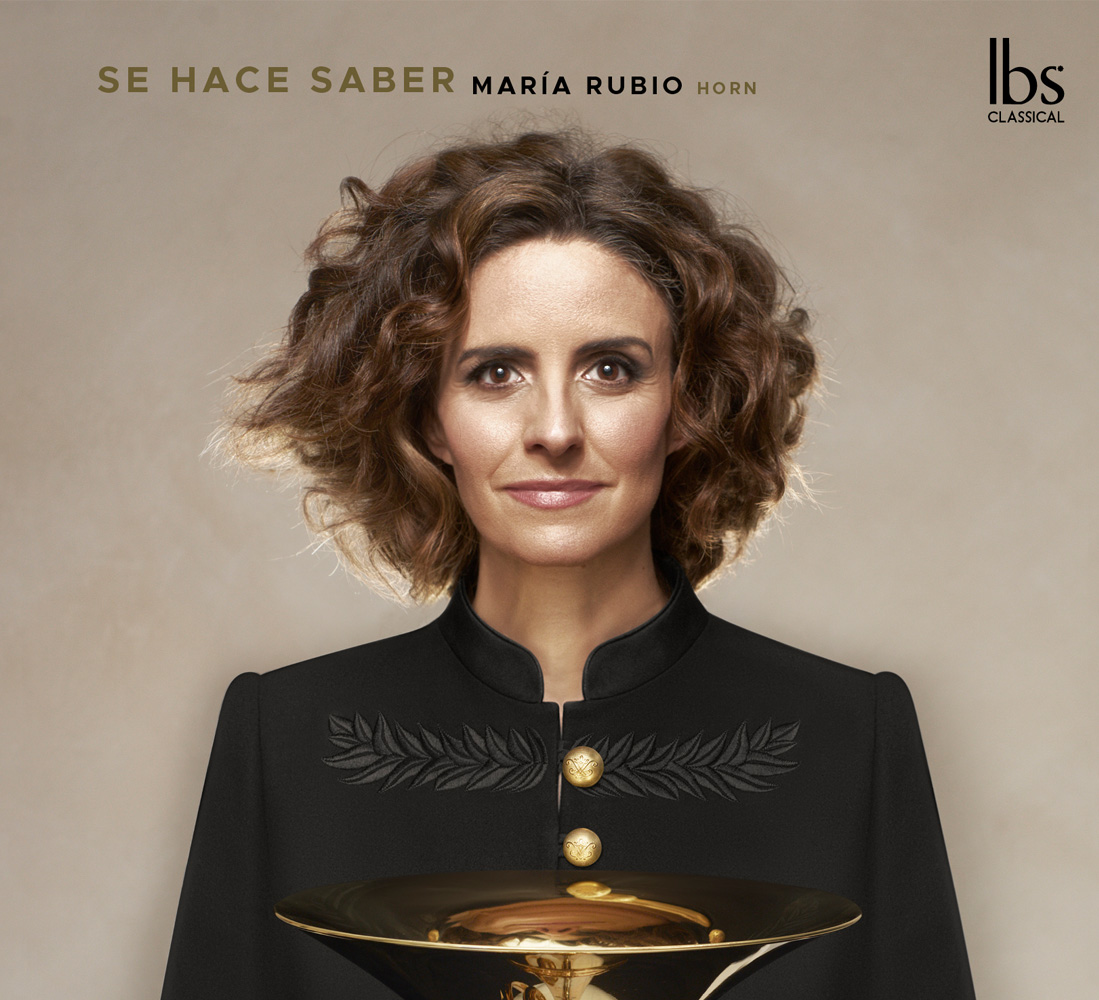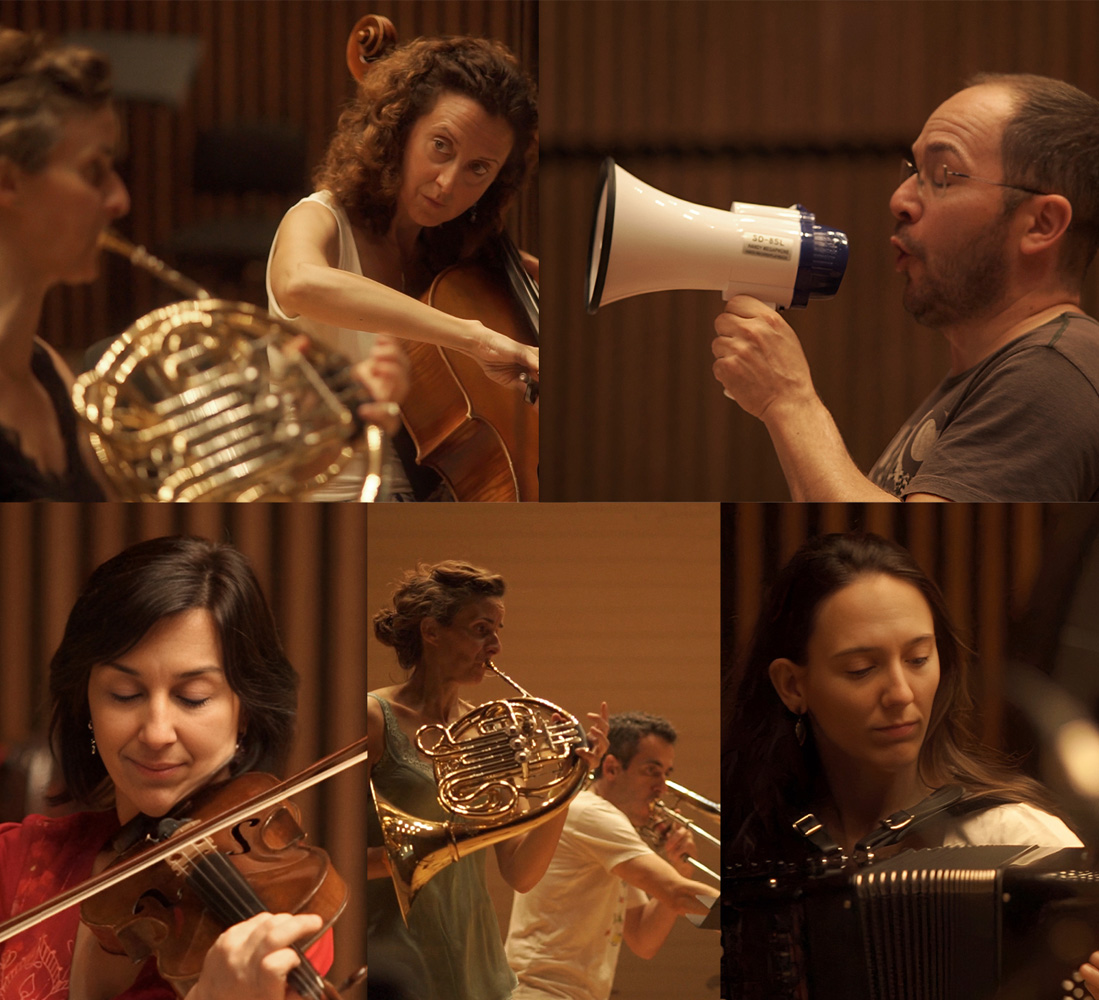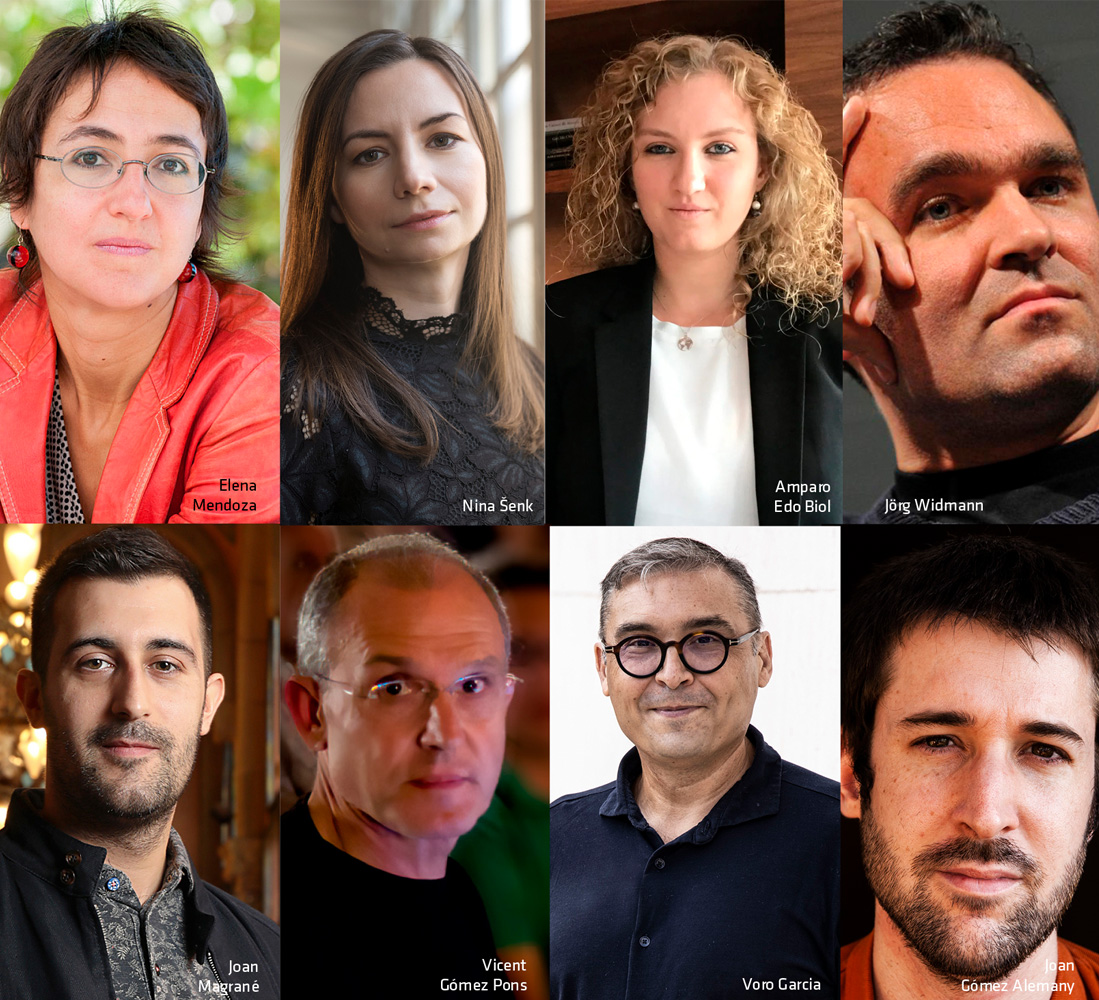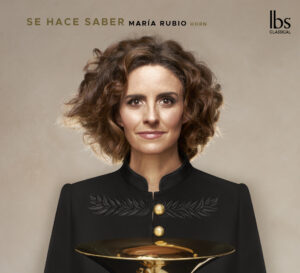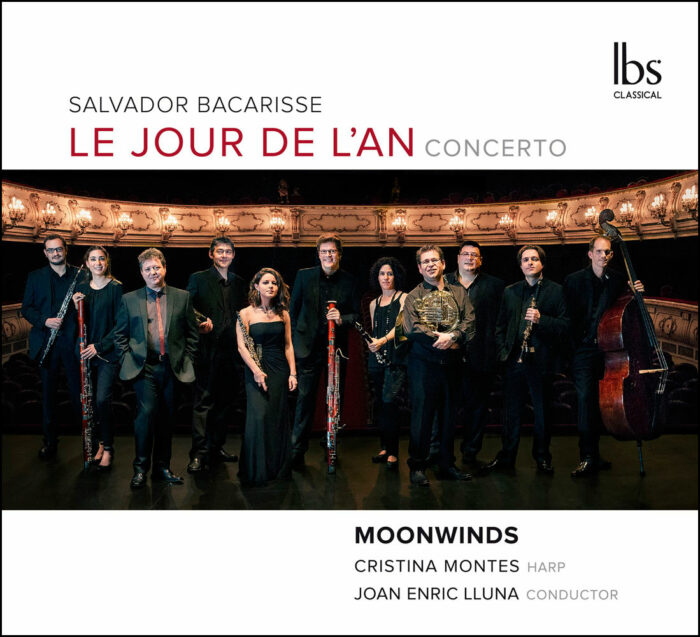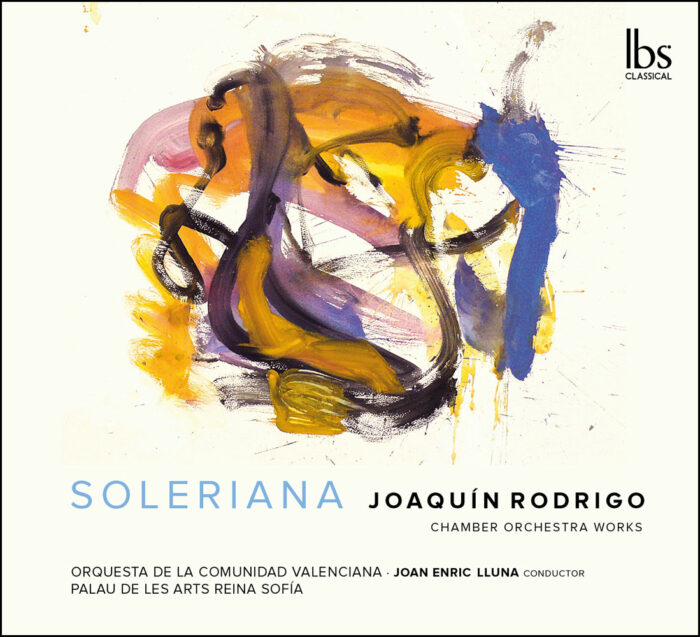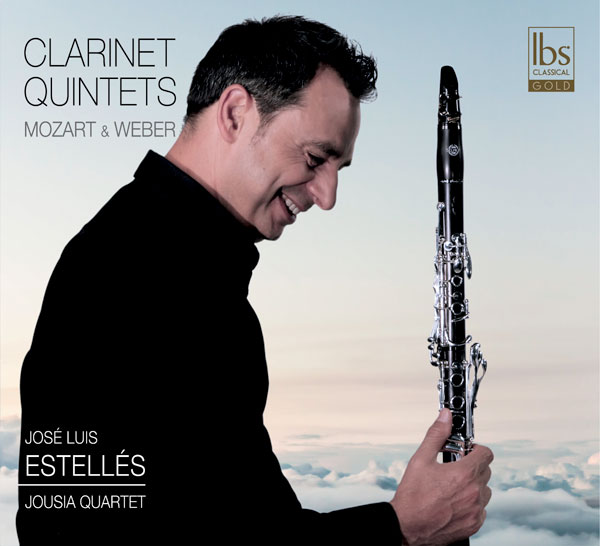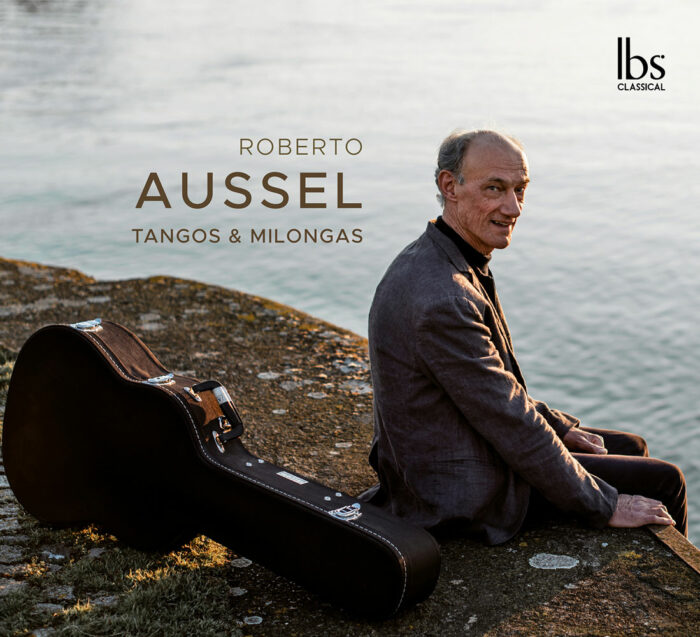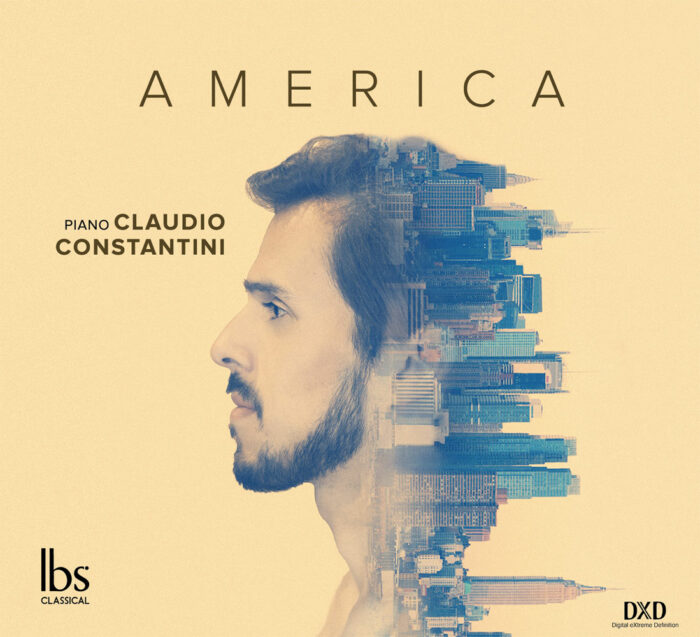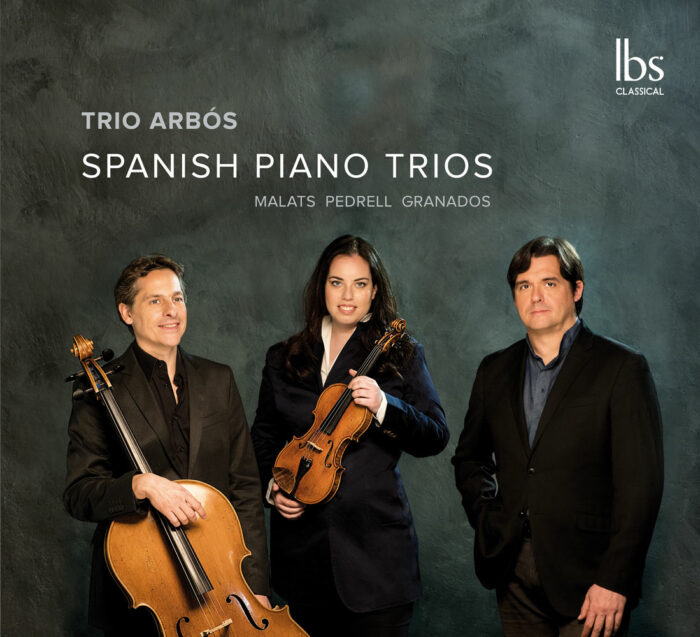Se hace saber
14,95€
The album Se hace saber (Let it be known) by the Valencian horn player María Rubio shows off the modern instrument in its purest essence without forgetting its history, displaying the huge range of sonorous and artistic options that it has to offer solo or together with rather unconventional colleagues. All in all, a very Mediterranean contemporary portrait of the horn in the XXI century through the visions of eight national and international composers.
BOOKLET:
14,95€
XXI Century Horn
The horn is one of the strangest and most surprising of musical instruments in Western culture, not only due to its versatility but also its extraordinary development, spread over a huge geographical area. We can find its origins in the seashells, horns and hollow animal bones the people of Antiquity used for religious rites or when at war. These natural elements gave way to, while coexisting with, sonorous devices in materials such as metal, wood, leather, glass, or marble. In the Middle Ages, coming from the Byzantine Empire, instruments known as olifants arrived on our continent, made from elephant tusks, which where richly ornamented. From time immemorial we have known the alpine horn, made of wood, as well as the Tibetan horn, whose raw material is copper.
In the XVII century in Europe, the well-known hunting horn was created, whose appearance was close to that of the modern horn with its rolled-up metal tubes and wide opening or bell. These were able to emit various natural harmonics and their job was to produce fanfares and hunting calls, so in this way it was introduced into the orchestra. From these, improving their set-up and shape, we get to the natural horn, whose presence was consolidated in to XVIII century. Still without valves, the players achieved the various different notes and the possibility of playing in different key though various different techniques, modulating lip pressure, modifying the length of the tubes through what are known as “crooks” or changing the position of the right hand in the bell, a practice which also changes the timbre.
At the beginning of the XIX century, the invention of valves by Heinrich Stölzel and Friedrich Blühmel meant a complete revolution in the how brass instruments were played. Little by little these were modernized, improved in timbre, techniques where optimized, sonorous richness was extended. With the appearance of the chromatic horn, composers began to explore the possibilities that the instrument had to offer as the mediator between the open and incisive sonorities of the other brass instruments and the sweeter sound of the woodwind, without losing its symbolic connection with hunting, the countryside and the grandeur of nobility, royalty or the divine. (Eva Sandoval)
María Rubio
Beginning her musical studies at the ‘Sociedad Musical de Alboraya’ in her hometown, with Gabriel Diago as a horn teacher, she then moved to the Conservatorio Superior de Música ‘Joaquín Rodrigo’ in Valencia where she got her degree under J. Rosell, with the highest marks and a ‘Premio de Honor’.
Beginning her musical studies at the ‘Sociedad Musical de Alboraya’ in her hometown, with Gabriel Diago as a horn teacher, she then moved to the Conservatorio Superior de Música ‘Joaquín Rodrigo’ in Valencia where she got her degree under J. Rosell, with the highest marks and a ‘Premio de Honor’.
After graduating she moved to Germany to the Staatliche Hochschule für Musik Freiburg i.B. to study with Bruno Schneider, where she got her postgraduate degree with the highest marks. While she was in Germany she won a scholarship from the ‘Alexander von Humboldt’ Foundation and another one from the Valencian Community government. Maria was also selected to represent the College at The Mendelssohn Competition where she won the Förderung Prize.
Back in Spain, she further developed her knowledge and skills on natural and modern horn with Javier Bonet.
She has won several competition awards in Spain and internationally, such as Mendelssohn Hochschulwettbewerb in Berlin, and ‘Città di Porcia’.
Maria plays often as a soloist and gives masterclasses in Spain and abroad, such as in London at the Guildhall School of Music and Drama, at Youth Orchestra of Spain (JONDE) and at the Youth orchestra of Valencia (JORVAL) among others. She is also a member of ‘Quintet Cuesta’ and ‘Dreisam Ensemble’.
With regard to her orchestral career, she has been invited as a solo horn player on several programmes with Berliner Philharmoniker and has often played in many orchestras in Spain like Orquestra Ciutat de Barcelona i Nacional de Catalunya, Orquesta Sinfónica de Bilbao, Orquestra de Cadaqués.
Currently she has released her first solo CD “Se hace saber”, some of the pieces included are written for Maria.
In 2000 she joined the Orquesta Sinfónica de Madrid (Teatro Real) and in 2002 she was appointed principal horn at the Orquesta de València.
